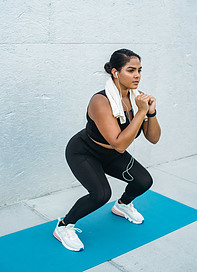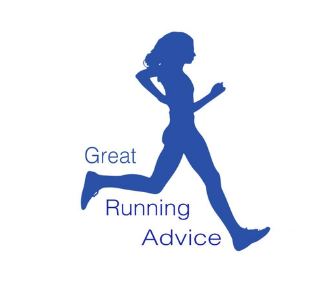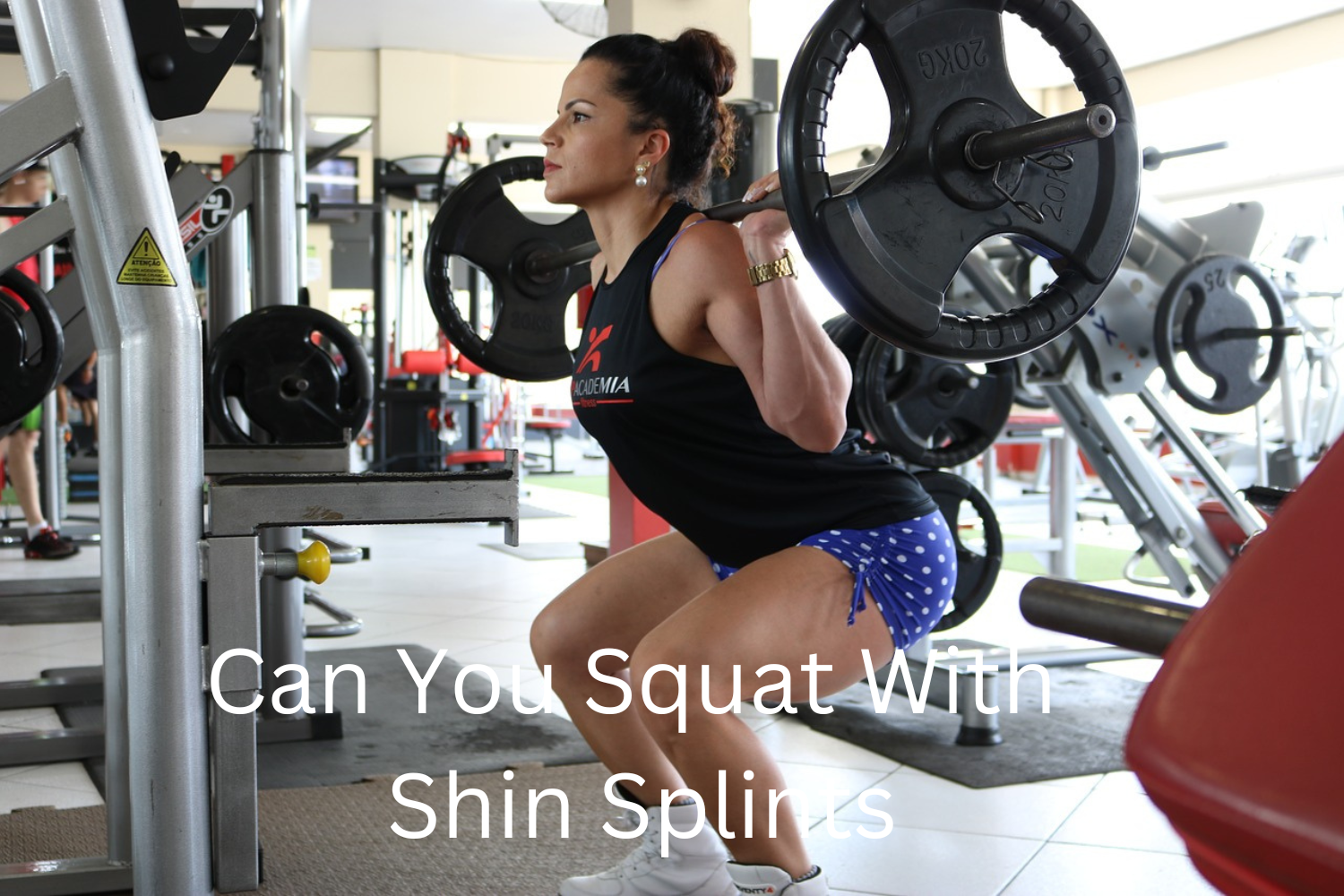Shin splints refer to the pain and tenderness along or just behind the large bone in the lower leg. There are many symptoms, causes, and treatments for shin splints. I have explained in detail the symptoms, causes, and treatments in how to heal shin splints fast. I will now look at whether you can squat with shin splints.
Can You Squat With Shin Splints?

What Can You Do to Lessen the Possible Pain/Effects?
Whether you are squatting or working out in some other way, knowing how to lessen the risks of shin splints and prevent painful effects is integral.
Thankfully, you can do a few things to lessen the pain and prevent unwanted effects when squatting while recovering from shin splints.
- If you suffer from overpronation or flat feet, wear proper arch support in your shoes, such as orthotics. These help to support this vulnerable area of your feet and prevent them from slapping against the pavement as you run. They also help with squats and just about any other type of exercise.
- If we suffer from shin splints, we should include shin exercises in our warm-up routine. For an easy shin stretch and quick exercise, walk on your heels for a few minutes before exercising. You can then switch it up by walking on your toes. After doing both stretches, your shins and calves should feel stretched, flexible, and ready to move. These exercises will help to strengthen your muscles and bones, making you less vulnerable to shin splint attacks.
- Increase your intensity slowly, even when doing squats, and gradually work your way up to many repetitions. Of course, if you start to feel pain, stop immediately.
- Choose shoes that fit correctly, offer support, and are stable. There are many shoe types of sports shoes for overpronators.
Correct Technique
It is essential to have the correct technique when doing squats, as improper technique doing anything will cause injuries.
The proper technique is as follows:
Step 1: Stand straight with your feet hip-width apart.
Stand with your feet hip-width apart, and place your hands on your hips.
Step 2: Tighten your stomach muscles.
Standing up tall, gently pull your shoulders back while you inhale, subtly lifting your chest. As you exhale, try to pull your navel back towards your spine to engage your core muscles.
Step 3: Lower down as if sitting in an invisible chair.
Bend your knees while keeping your upper body as straight as possible, as if you were about to sit on a chair behind you, allowing the body to tilt naturally. Only lower yourself as far as you can without leaning your upper body more than a few inches forward, and only go as deep as you can comfortably. If you have any knee problems, don’t squat past 90 degrees, as this would worsen your knee problems.
Step 4: Straighten your legs to lift back up
Straighten your legs, being careful not to lock your knees when you reach a standing position, driving your feet into the ground as you straighten your legs.
Step 5: Repeat the movement
Repeat for whatever many sets of repetitions you are doing.
It is important to remember the following when doing squats:
– Always keep your knees in line with your toes; if your knees pass out your toes, you are putting extra pressure on your knees which may cause injury to your knees.
– Allow your torso to tilt forward naturally, and don’t keep your torso rigid as you squat; your hips may not release properly if your body is rigid, putting extra strain on your knees.
– Keep your head looking forward; this is very important so that we keep our spine straight and safe as we squat.
– Keep heels stuck to the ground when standing back up
– Clasp your arms together in front of your chest for added balance.
When you have mastered the proper technique for squats, we can add dumbbells, kettlebells, and finally, weight bars with whatever weight you are comfortable lifting. You are liable to seriously injure yourselves if you squat without the correct form when lifting weights. While you suffer from shin splints, you should go easy on heavy weights.
Final Thoughts
We now know it is safe to squat with shin splints, provided you use the correct technique while performing squats. Like any exercise, using the incorrect technique is dangerous and can cause many injuries. I hope you know how to perform squats correctly and what we should remember as we perform each squat.

